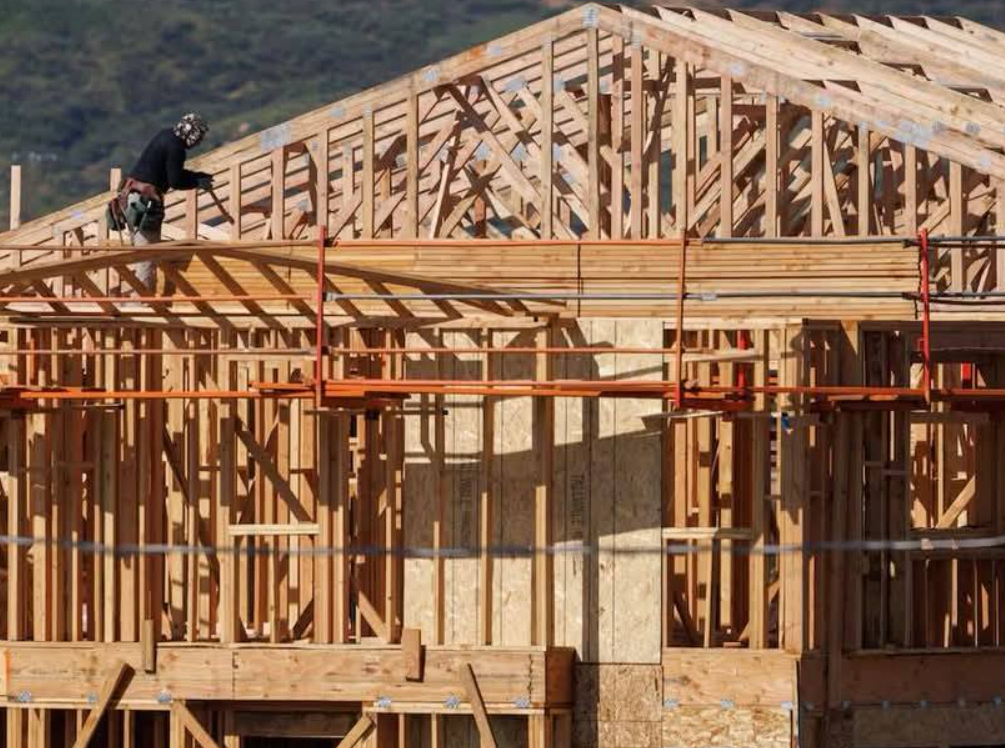Los Angeles (L.A.), a sprawling metropolis along the Pacific Coast, is the second-largest city in the United States, covering 4,084 square miles with a population exceeding 18 million. Known for its diversity, the city comprises 37% White, 12% Asian, and 8.5% Black residents, with a significant Hispanic population, primarily from South America. It is home to iconic landmarks, world-renowned universities, and vibrant neighborhoods, but also stark economic contrasts with hundreds of thousands of homeless individuals.
Currently, Los Angeles faces one of its worst natural disasters—wildfires ravaging the coastal mountain regions where affluent neighborhoods sit perched on scenic hills. These areas, famous for their luxury homes, museums, and celebrity residences, are now under threat. Fueled by dry vegetation, including fire-prone plants like pine, oak, and eucalyptus, and winds reaching 70 mph, the fires have destroyed over 37,000 acres, 12,000 buildings, and displaced 130,000 people. Tragically, 16 lives have been lost as the flames continue to spread uncontrollably.
L.A.’s unique climate, akin to Pyin Oo Lwin, and its earthquake-prone geography have shaped its architecture. Homes are often constructed with wooden beams and hollow spaces for earthquake resilience, but this design unintentionally allows fires to spread rapidly. Despite firefighting efforts, including aircraft, the strong winds have rendered some areas uncontrollable.
The wildfires are a devastating blow to a city celebrated for its natural beauty and cultural landmarks. The destruction affects not only the wealthy but also international visitors and Burmese-American communities, who form a significant presence in the city.
As Los Angeles battles this crisis, the new President Trump faces immense pressure to address the financial and social challenges posed by the fires. The scars left on the city’s landscape and its people will take years to heal.


Leave a Comment